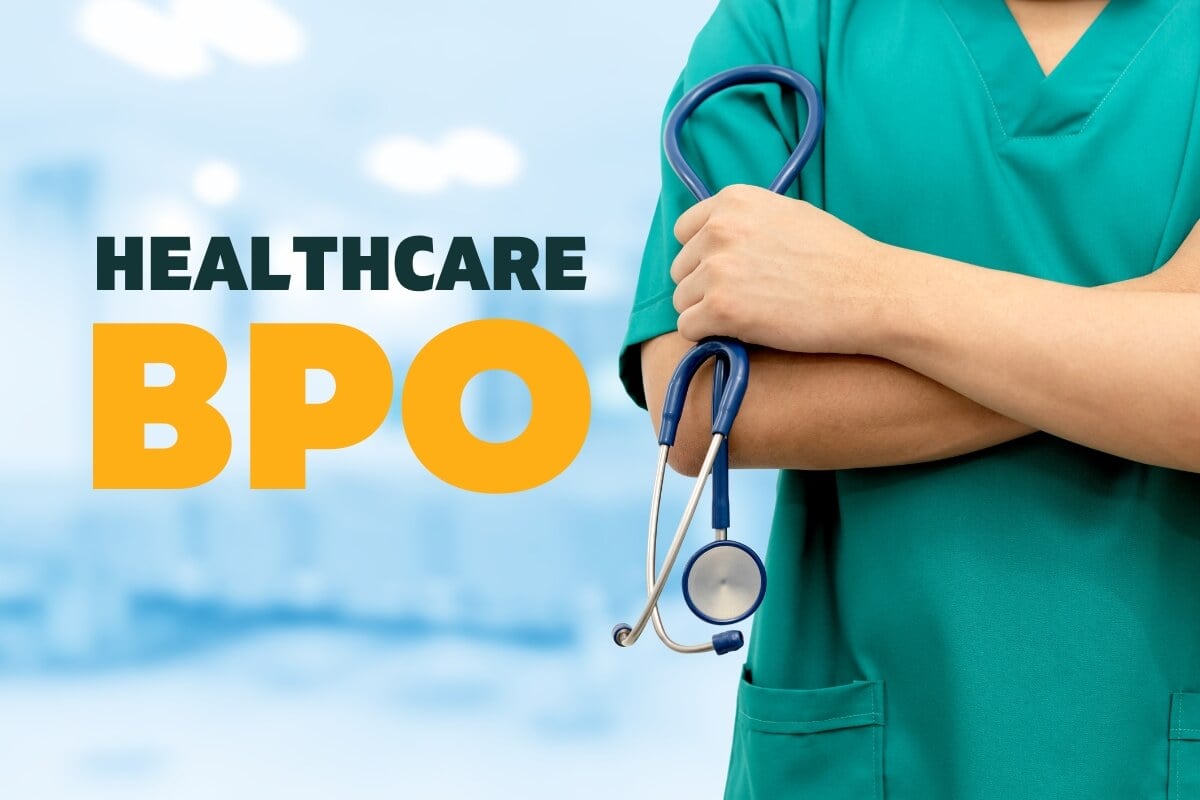How Healthcare RCM Solutions Streamline Payment and Collections
How Healthcare RCM Solutions Streamline Payment and Collections
Blog Article
A Comprehensive Overview on Just How Medical Care RCM Works to Simplify Invoicing and Collections
Browsing the complexities of medical care profits cycle monitoring (RCM) is vital for companies intending to boost their invoicing and collections procedures. The overview unboxes the intricacies of RCM, from patient enrollment to accounts receivable management, providing understandings into optimizing each action.
Comprehending Revenue Cycle Monitoring
RCM is an essential management function that includes the whole monetary procedure of patient care, from the preliminary appointment establishing to the final payment of the equilibrium. It is a complex procedure created to determine, collect, and handle the profits from the solutions supplied to clients.
The RCM procedure begins when an individual routines an appointment and prolongs via the individual's care journey, consisting of invoicing and collections. A vital goal is to reduce the time in between offering a service and obtaining repayment, hence boosting the organization's economic health and wellness. RCM includes various features such as client registration, insurance policy confirmation, fee capture, coding, declares submission, payment uploading, and managing charms and denials.
Trick Components of RCM
In the world of Profits Cycle Monitoring (RCM), comprehending its vital parts is essential to achieving financial effectiveness within health care companies. RCM is a thorough process that includes numerous stages, each vital to ensuring efficient payment and collections. The primary components include person registration, insurance policy confirmation, charge capture, coding, claim entry, repayment publishing, and accounts receivable management.


When coded, insurance claims are sent to payers, where precision is vital to prevent hold-ups or denials - Healthcare RCM. Repayment publishing includes recording the received repayments, which permits for the settlement of accounts. Last but not least, balance dues monitoring focuses on monitoring and resolving overdue cases, making certain prompt follow-up and resolution
Each element of RCM is adjoined, and inadequacies in any part can interrupt the whole cycle. Therefore, mastering these elements is vital for doctor to optimize revenue and improve their economic wellness.
Techniques for Effective Billing

Systematizing payment treatments across the organization is another key approach. Establishing clear guidelines for documentation, coding, and submission aids maintain consistency and conformity with governing demands. Educating team frequently on these procedures makes certain everybody is updated with the current adjustments in invoicing codes and payer plans.
Exact fee capture is important in avoiding income leakage. Applying routine audits and surveillance systems permits for the identification and improvement of inconsistencies before they impact earnings. Furthermore, maintaining open lines of communication with payers aids to swiftly deal with any kind of conflicts or misconceptions that might develop.

Lastly, appealing individuals early in the invoicing process by giving clear price quotes and instructional materials regarding their financial responsibilities can significantly reduce confusion and enhance settlement timeliness. These approaches collectively contribute to a more reliable and monetarily healthy billing system.
Enhancing Collections Procedures
A robust collections procedure is important for maintaining financial stability within healthcare organizations. Given the intricacies of medical invoicing and the variety of payer requirements, enhancing the collections procedure involves applying calculated measures that make sure accurate and prompt repayment of solutions rendered. Central to this is using innovation to automate and simplify processes, decreasing hands-on errors and enhancing effectiveness. Automation tools can help in tracking case standings, sending out timely tips to people, and taking care of rejections much more successfully.
Clear and transparent patient interactions are vital. Providing in-depth descriptions of fees and offering flexible payment strategies can enhance patient satisfaction and prompt settlements.
Normal audits of the collections process need to be performed to determine areas for enhancement and ensure conformity with guidelines. By evaluating information, healthcare organizations can identify fads, anticipate possible problems, and adapt approaches accordingly (Healthcare RCM). Eventually, a well-enhanced collections process not just supports find here economic health however also adds to a more smooth experience for patients and team alike
Optimizing Revenue Streams
Building upon the structure of a solid collections process, healthcare companies can even more boost their monetary security by strategically optimizing income streams. This entails a multi-faceted approach, beginning with a thorough evaluation of existing revenue resources to identify inefficiencies and locations for development. Employing sophisticated information analytics devices allows organizations to obtain insights right into payer mix, client demographics, and solution application patterns, permitting data-driven decisions that improve profits capture.
Carrying out automated billing systems can substantially lower mistakes and quicken insurance claims refining, making certain that earnings is collected extra efficiently. Additionally, enhancing payer contracts through routine arrangements can boost repayment rates and terms, straight affecting the bottom line. Expanding service offerings, such as including telehealth or health care, can additionally bring in a more comprehensive person base, therefore raising earnings potential.
One more essential part is boosting patient involvement and contentment, as completely satisfied people are much more most likely to abide by treatment strategies and make prompt repayments. Using versatile payment options and transparent invoicing practices can improve collections and foster person commitment. Healthcare RCM. By adopting these approaches, health care organizations can develop a more resilient financial framework, making sure sustained growth and security in an ever-changing industry landscape
Verdict
In conclusion, healthcare Profits Cycle Management (RCM) plays an important role in optimizing billing and collections procedures by integrating crucial components such as patient enrollment, insurance confirmation, fee capture, coding, declares submission, and accounts receivable monitoring. By employing sophisticated modern technology, standardizing treatments, and fostering patient interaction, doctor can dramatically decrease case denials, speed up settlement cycles, and improve money circulation. This extensive technique to RCM inevitably causes enhanced monetary efficiency and sustainability for healthcare companies.
The RCM process begins when a person timetables a visit and continue reading this expands through the client's care trip, consisting of billing and collections.One more vital component is improving individual involvement and satisfaction, as satisfied individuals are a lot more most likely to stick to therapy strategies and make prompt payments. Offering flexible payment choices and clear payment techniques can improve collections and foster individual commitment.In verdict, health care Revenue Cycle Management (RCM) plays a crucial function in enhancing payment and collections procedures by incorporating vital parts such as person enrollment, insurance policy confirmation, fee capture, coding, asserts entry, and accounts receivable monitoring. By using innovative innovation, systematizing procedures, and fostering patient interaction, health care suppliers can dramatically minimize insurance Click Here claim rejections, increase repayment cycles, and improve cash money flow.
Report this page